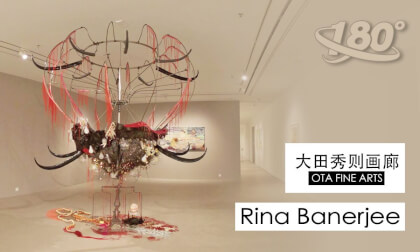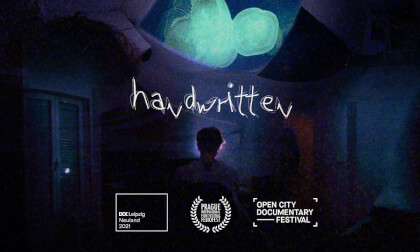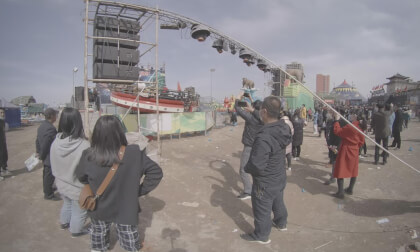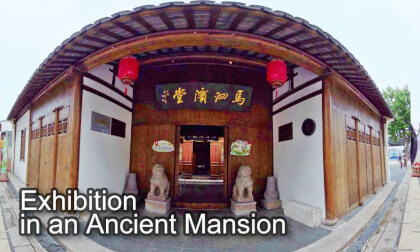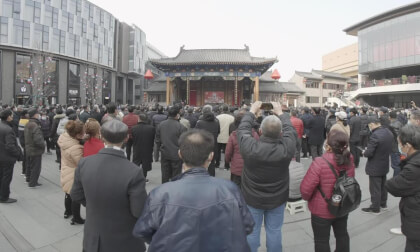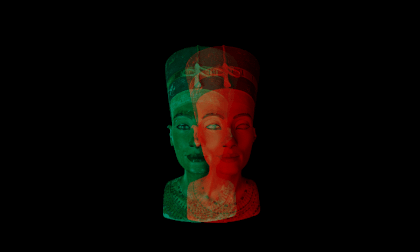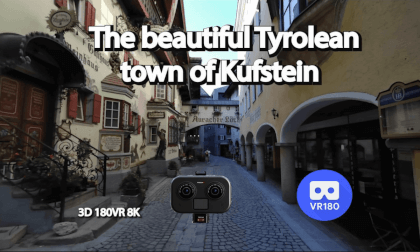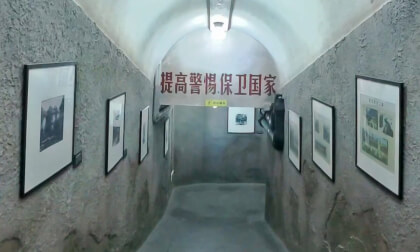
New: AI passthrough!
This amazing Deo feature uses the power of AI to turn every VR scene into AR passthrough! Now you can take characters out of VR and have them right there with you - as if they were in the same room.
Notice: AI Passthrough is presently in beta mode, and as such, users may encounter occasional service imperfections. The feature is currently exclusive to the DeoVR app, but it will soon be accessible on both browsers and mobile devices. Your feedback is highly encouraged and appreciated.
Recommended headsets:
Meta Quest 3, and Quest Pro with stereoscopic color passthrough, Pico 4 (monoscopic color passthrough).
Compatible headsets:
Quest 2, Valve Index (monoscopic black and white passthrough).
Passthrough is not compatible yet for Oculus Link cable.
Check out our complete guide to passthrough and join in the discussion at our busy forum.
The history of Hinamatsuri dates back to the Heian period about 1000 years ago. The oldest Hina doll in the video is probably from the Edo period. The doll's clothes are from the Heian period.
The Hina dolls are put away immediately after the Girls' Festival and are kept carefully throughout the year.
Hina dolls can be arranged in one, three, five or seven tiers.
Displaying only one tier of male and female dolls is called "Gosho Hina".
The Dairi Hina (two dolls, a male and female doll), three court ladies, five musicians, two chamberlains and three chamberlains are lined up, and the sixth tier below them is filled with wedding items, and the seventh tier is filled with procession items.
At the end of the video, any Hina dolls that have passed away, regardless of whether they are family members or owners, are taken to a temple and offered at a memorial service. On this day alone, over 1,000 Hina dolls are offered at a memorial service.













